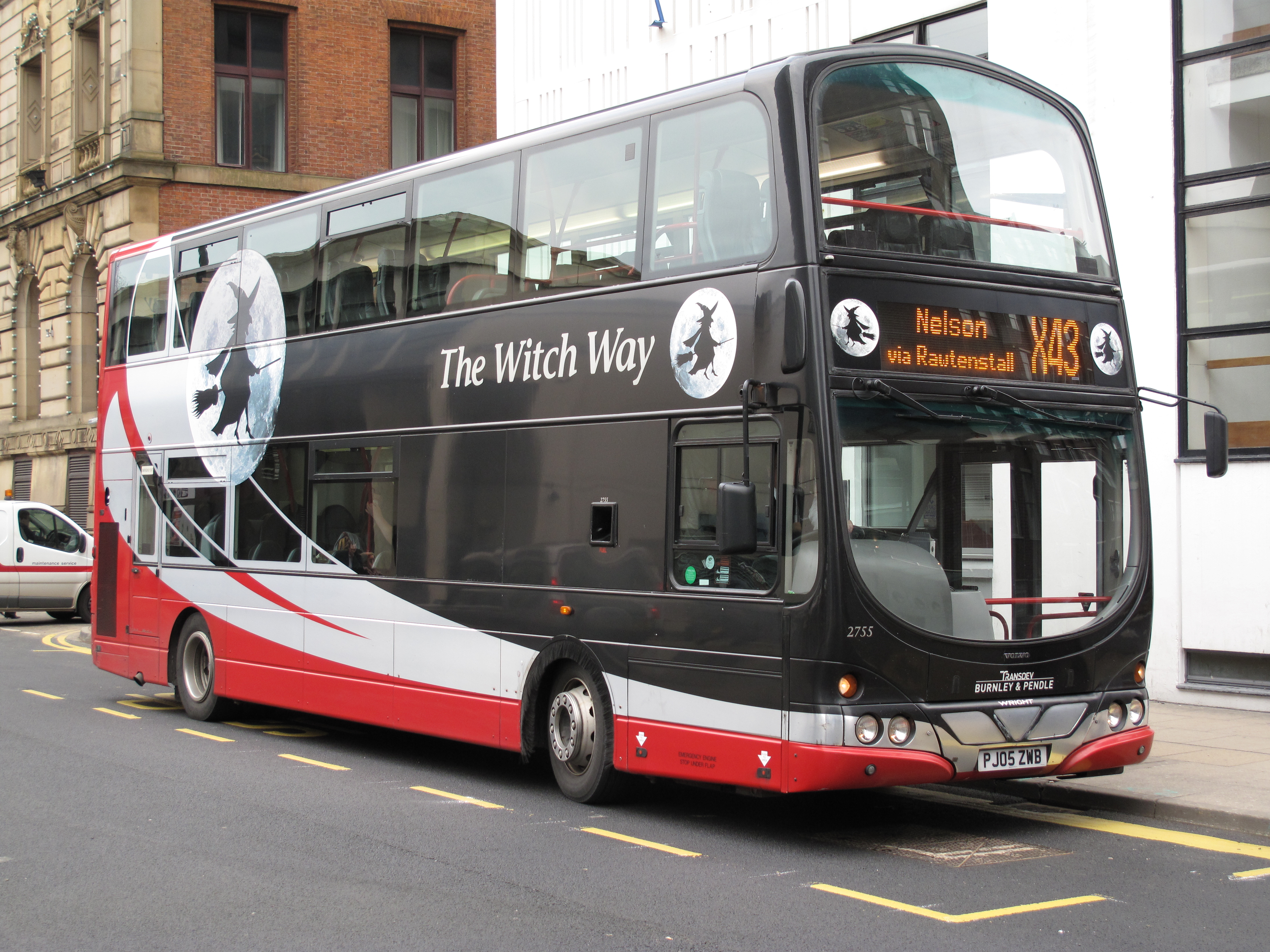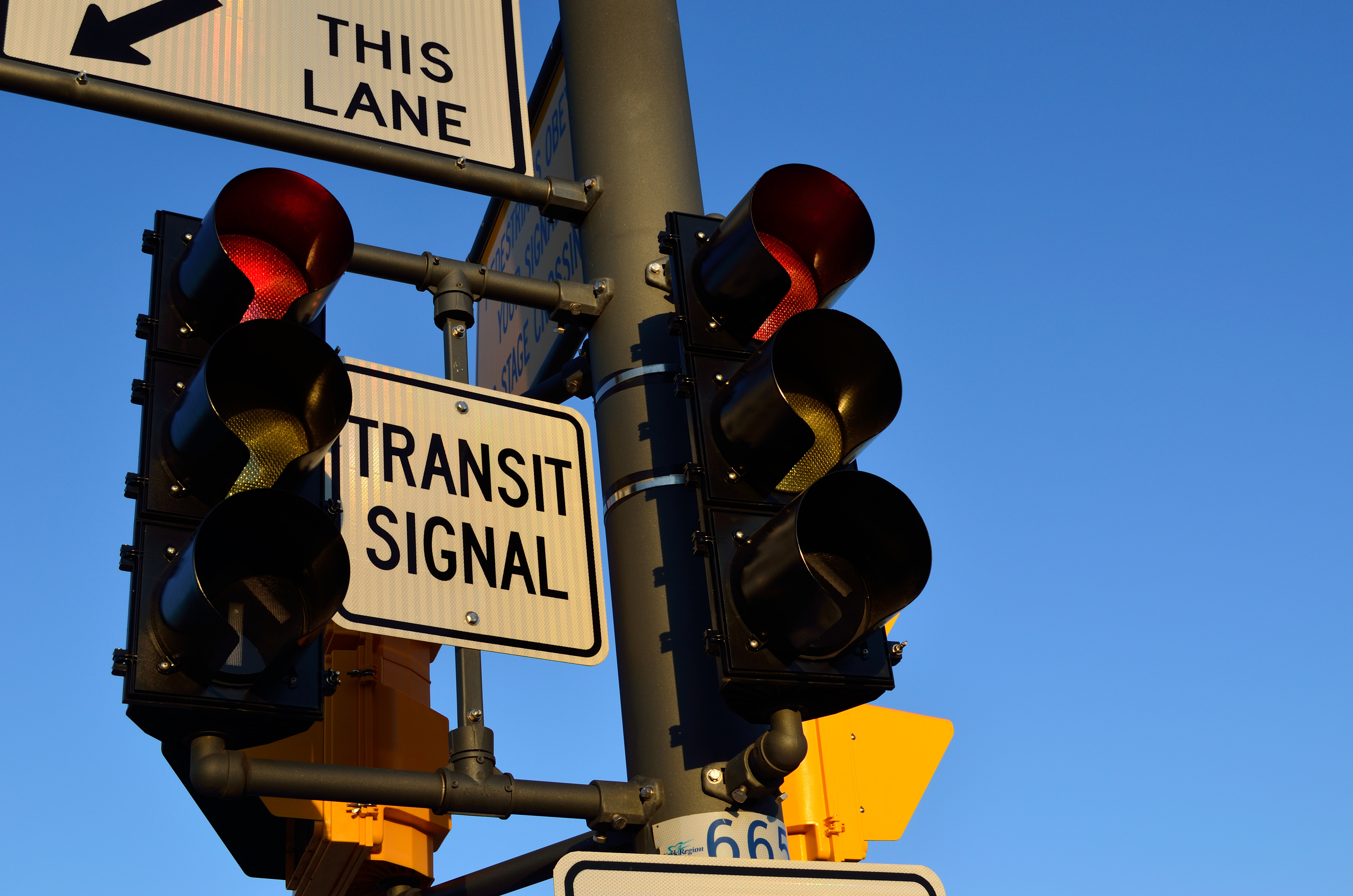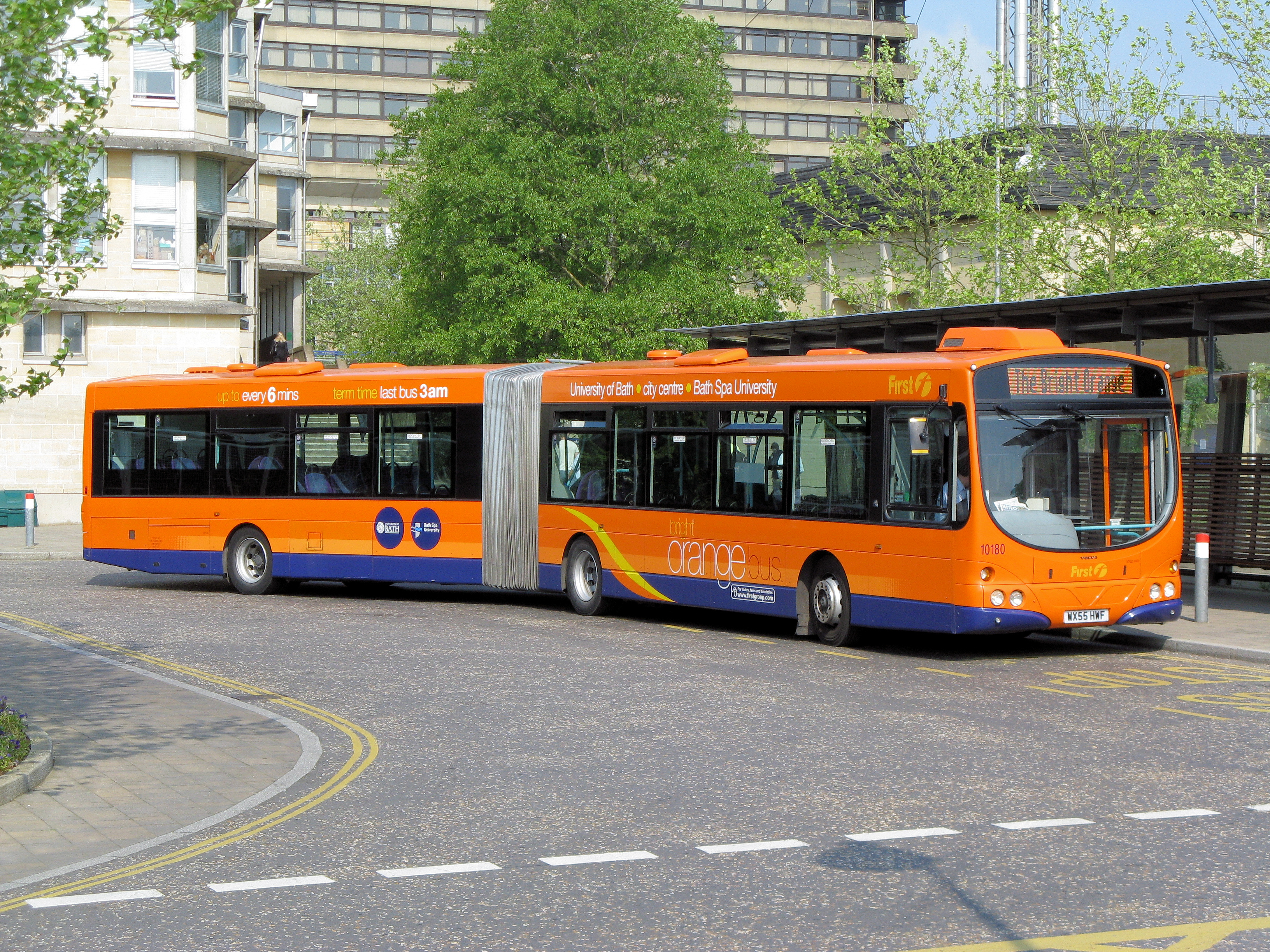|
London Buses Route 149
London Buses route 149 is a Transport for London contracted bus route in London, England. Running between Edmonton Green and London Bridge, it is operated by Arriva London. History Route 149 was introduced in 1961 to replace trolleybus route 649 between Waltham Cross and Liverpool Street station. In 1968 it was extended on weekdays to Victoria with some peak hour journeys extended from Waltham Cross to Flamstead End via Cheshunt. In 1970 the route was withdrawn north of Ponders End and in 1971 back to Edmonton, although a few peak hour journeys continued to serve Ponders End. Seven years later route 149 was re-extended to Ponders End at all times. In 1985, it was withdrawn between Waterloo and Victoria, and further cut back to Liverpool Street in 1991 apart from a few early weekday journeys to Mansion House station. In the same year it was extended back to Waterloo during weekday peak hours. In 1998 the route was extended south from Liverpool St station to London Bridge ... [...More Info...] [...Related Items...] OR: [Wikipedia] [Google] [Baidu] |
Arriva London
Arriva London is a major bus company operating services in Greater London. It is a subsidiary of Arriva UK Bus and operates services under contract to Transport for London. It was formed in 1998 from a fusion of previously separate Arriva subsidiaries Grey-Green, Leaside Buses, Kentish Bus, London & Country and South London Transport. Operations are split between two registered companies, Arriva London North Limited and Arriva London South Limited. History The origins of Arriva London can be traced back to 1980 when the Cowie Group purchased the Grey-Green coach business in London.The Arriva London Story Arriva London In February 1987, Grey-Green commenced operating bus routes in north and east London under contract to |
Victoria, London
Victoria is an area of Central London in the City of Westminster. It is named after Victoria station (London), Victoria Station, which is a major transport hub. The station was named after the nearby Victoria Street. The name is used to describe streets adjoining or nearly adjoining the station, including Victoria Street, Buckingham Palace Road, Wilton Road, Grosvenor Gardens, London, Grosvenor Gardens, and Vauxhall Bridge Road. Victoria consists predominantly of commercial property and private and social housing, with retail uses along the main streets. The area contains one of the busiest transport interchanges in London and the United Kingdom, including the listed railway station and the underground station, as well as Terminus Place, which is a major hub for bus and taxi services. Victoria Coach Station, 900 yards (800 metres) southwest of the railway station, provides road-coach services to long-distance UK and continental destinations. Victoria Street runs on an east–we ... [...More Info...] [...Related Items...] OR: [Wikipedia] [Google] [Baidu] |
Articulated Bus
An articulated bus, also referred to as a banana bus, bendy bus, tandem bus, vestibule bus, wiggle wagon, stretch bus, or an accordion bus, (either a motor bus or trolleybus) is an articulated vehicle used in public transportation. It is usually a single-decker, and comprises two or more rigid sections linked by a pivoting joint (articulation) enclosed by protective bellows inside and outside and a cover plate on the floor. This allows a longer legal length than rigid-bodied buses, and hence a higher passenger capacity (94–120), while still allowing the bus to maneuver adequately. Due to their high passenger capacity, articulated buses are often used as part of bus rapid transit schemes, and can include mechanical guidance. Articulated buses are typically long, in contrast to standard rigid buses at long. The common arrangement of an articulated bus is to have a forward section with two axles leading a rear section with a single axle, with the driving axle mounted on e ... [...More Info...] [...Related Items...] OR: [Wikipedia] [Google] [Baidu] |
Mayor Of London
The mayor of London is the chief executive of the Greater London Authority. The role was created in 2000 after the 1998 Greater London Authority referendum, Greater London devolution referendum in 1998, and was the first Directly elected mayors in England and Wales, directly elected mayor in the United Kingdom. The current mayor is Sadiq Khan, who took office on 9 May 2016. The position was held by Ken Livingstone from the creation of the role on 4 May 2000 until he was defeated in May 2008 by Boris Johnson, who then also served two terms before being succeeded by Khan. The mayor is scrutinised by the London Assembly and, supported by their Deputy Mayor of London, Mayoral Cabinet, directs the entirety of London, including the City of London (for which there is also the Lord Mayor of the City of London). Each London boroughs, London Borough also has a ceremonial mayor or, Mayor of Hackney, in Hackney, Mayor of Lewisham, Lewisham, Mayor of Newham, Newham and Mayor of Tower Ham ... [...More Info...] [...Related Items...] OR: [Wikipedia] [Google] [Baidu] |
Volvo B9TL
The Volvo B9TL is a low-floor double-decker bus built by Volvo from 2002 until 2018. It superseded the Volvo Super Olympian and the Volvo B7TL. The 2-axle version has been superseded by the Volvo B5TL in 2014 and the 3-axle version has been superseded by the Volvo B8L in 2018. Chassis The Volvo B9TL chassis shared the same design of the Volvo B7TL. The key difference from both its predecessor, the Volvo Super Olympian and Volvo B7TL, was a new 9.3-litre engine originally designed by Renault. The radiator was located at the rear offside, similar to the smaller B7TL. The front module design was shared with other low-floor bus chassis built by Volvo, and independent suspension is fitted at the front axle (replaced by conventional front suspension after some years of production). The B9TL was initially offered in three-axle format, and the two-axle variant was added in 2006 to replace the B7TL. The driveline comprises a Volvo D9A Euro III engine (rated at 300 bhp or 340&nbs ... [...More Info...] [...Related Items...] OR: [Wikipedia] [Google] [Baidu] |
Wright Eclipse Gemini 2
The Wright Eclipse Gemini is a Low-floor bus, low-floor double-decker bus body that was built by Wrightbus since 2001, based on the single-deck Wright Eclipse design. The second-generation Eclipse Gemini 2 was launched in 2009, followed by the third-generation Gemini 3 in 2013. Additionally, the body was available on Volvo Super Olympian chassis in Hong Kong between 2003 and 2005, marketed as the Wright Explorer. The original Eclipse Gemini was launched in 2001 on Volvo B7TL chassis; from 2006, the body was also built on the replacement Volvo B9TL chassis and, from 2013, on the B9TL's replacement, the Volvo B5TL. From 2008, the body was also available on Volvo B5LH hybrid chassis. Eclipse Gemini's exported to the Asian market have been offered a choice of the tri-axle Volvo B8L and the Scania K series, Scania K410EB. Wright Eclipse Gemini bodied buses were mass-introduced on London Buses services from 2001. It has also been popular with FirstGroup, who from 2003 onwards have pu ... [...More Info...] [...Related Items...] OR: [Wikipedia] [Google] [Baidu] |
IBus (London)
iBus is an Automatic Vehicle Location (AVL) system to improve London's buses using technology installed by Siemens AG. The system tracks all of London's 9300 buses to provide passengers with audio-visual announcements, improved information on bus arrivals, and to trigger priority at traffic junctions. On 16 June 2005 it was reported that London's buses 'fail' deaf people. As a result, the iBus system was announced on 16 January 2006 and was tried on route 149 for an eight-week trial. The system was proved to be successful, and on 18 May 2006, radio presenter Emma Hignett was announced to be the 'Voice of London's Buses' after 99% in the survey said she had the right voice. iBus was launched on many routes in 2007 and continued throughout 2008 and 2009. All routes now have the system. Announcements Upon boarding the bus, for example, route 240 serving Edgware, iBus plays the announcement "240 to Edgware Station" and corresponding text appears on the visual displays. As the ... [...More Info...] [...Related Items...] OR: [Wikipedia] [Google] [Baidu] |
Bus Priority
Bus priority or transit signal priority (TSP) is a name for various techniques to improve service and reduce delay for public transport, mass transit vehicles at intersections (or junctions) controlled by traffic signals. TSP techniques are most commonly associated with buses, but can also be used along tram, tram/streetcar or light rail lines, especially those that street running, mix with or conflict with general vehicular traffic. Techniques Transit signal priority techniques can generally be classified as "active" or "passive". Passive TSP techniques typically involve optimizing signal timing or coordinating successive signals to create a “green wave” for traffic along the transit line's route. Passive techniques require no specialized hardware (such as bus detectors and specialized traffic signal controllers) and rely on simply improving traffic for ''all'' vehicles along the transit vehicle's route. Active TSP techniques rely on detecting transit vehicles as they appr ... [...More Info...] [...Related Items...] OR: [Wikipedia] [Google] [Baidu] |
London Buses Route 349
This is a list of Transport for London (TfL) contracted bus routes in London, England, as well as commercial services that enter the Greater London area (except coaches). Bus services in London are operated by Abellio London, Arriva London, Go-Ahead London (Blue Triangle, Docklands Buses, London Central, and London General), Metroline, RATP Dev Transit London (London Sovereign, London United and London Transit) Stagecoach London (East London, Selkent, and Thameside), Sullivan Buses and Uno. TfL-sponsored operators run more than 500 services. Non-TfL-sponsored operators include Arriva Shires & Essex, Arriva Southern Counties, Carousel Buses, Diamond South East, Go-Coach, First Berkshire & The Thames Valley, Metrobus, Southdown PSV, Stagecoach South and Trustybus. Classification of route numbers In Victorian times, passengers could recognise the owner and the route of an omnibus (Latin: "for everyone") only by its livery and its line name, with painted signs on the sides sh ... [...More Info...] [...Related Items...] OR: [Wikipedia] [Google] [Baidu] |
Mercedes-Benz Citaro
The Mercedes-Benz Citaro is a single-decker, rigid or articulated bus manufactured by Mercedes-Benz/EvoBus. Introduced in 1997, the Citaro is available in a range of configurations, and is in widespread use throughout Europe and parts of Asia, with more than 55,000 produced by December 2019. History The first generation Citaro was launched in 1997, as a successor to the Mercedes-Benz O405. In 2005, an updated version of the Citaro to coincide with the introduction of Euro IV- (and later Euro V- and EEV-) compliant engines. Apart from minor technical alterations, mainly to accommodate the new generation of engines, the external design received a facelift to give the buses a less angular look, with internal panelling altered accordingly. Production of the old model ceased by autumn 2006. In 2006 the Citaro received a much more substantial facelift, which can be seen from the outside by a revised front and rear design (analogous to the recently introduced low-entry buses). Th ... [...More Info...] [...Related Items...] OR: [Wikipedia] [Google] [Baidu] |
Articulated Bus
An articulated bus, also referred to as a banana bus, bendy bus, tandem bus, vestibule bus, wiggle wagon, stretch bus, or an accordion bus, (either a motor bus or trolleybus) is an articulated vehicle used in public transportation. It is usually a single-decker, and comprises two or more rigid sections linked by a pivoting joint (articulation) enclosed by protective bellows inside and outside and a cover plate on the floor. This allows a longer legal length than rigid-bodied buses, and hence a higher passenger capacity (94–120), while still allowing the bus to maneuver adequately. Due to their high passenger capacity, articulated buses are often used as part of bus rapid transit schemes, and can include mechanical guidance. Articulated buses are typically long, in contrast to standard rigid buses at long. The common arrangement of an articulated bus is to have a forward section with two axles leading a rear section with a single axle, with the driving axle mounted on e ... [...More Info...] [...Related Items...] OR: [Wikipedia] [Google] [Baidu] |
Mansion House Tube Station
Mansion House is a London Underground station in the City of London which takes its name from Mansion House, the residence of the Lord Mayor of London. It opened in 1871 as the eastern terminus of the Metropolitan District Railway. Today, Mansion House is served by the Circle and District lines. It is between Blackfriars and Cannon Street stations and it is in fare zone 1. The station is located at the junction of Queen Victoria Street and Cannon Street. Mansion House is a sub-surface station with three platforms. The westbound platform, number 1, and the eastbound platform, number 3, are shared by both the Circle and District lines. A third platform was used for terminating eastbound trains, however it is no longer used and the track removed as services continue and terminate at Tower Hill. Despite the station's name, it is not the nearest tube station to Mansion House itself, which is in fact directly opposite an entrance to Bank station. Moreover, two other stations on th ... [...More Info...] [...Related Items...] OR: [Wikipedia] [Google] [Baidu] |








_p070_-_Mansion_House_underground_station.jpg)